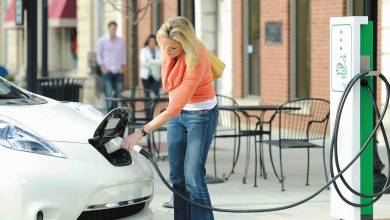Imagine, if you will, a contractor who approaches you with a gleam in their eye and a plan so vague it might as well be written in invisible ink. “Trust me,” they say, “I’ll work on your house for three months. I’ll spend 30% of the money on plumbing, 30% on framing and building the walls and roof, 10% on electric work, and the rest on paint and such.” When you ask if the house will be livable by the end, they shrug. “Who knows? But isn’t the journey exciting?”
This is a scenario so absurd you’d laugh the contractor out of your yet-to-be-installed front door. But this example is eerily similar to the pitch many startup founders make to potential investors. My research indicates that more than half of founders don’t have a decent “use of funds” slide. This isn’t great. Founders, you can do better.
When you’re building a house, of course you’d demand a blueprint, a timeline, and a clear picture of what your future home will look like. You wouldn’t settle for a contractor whose only plans are to “wing it.” In startup land, however, founders often expect investors to buy into a dream that’s woven with threads of ambiguity.
Investors, much like homeowners, are not looking to pour their money into a foundation that leads nowhere. They want to invest in a “house” that, at the end of the construction period, is not only standing but is also ready for the next phase, whether that be living in or selling.
For a startup, the “finished house” isn’t bricks, mortar, and those cool USB power sockets, but it’s built with milestones and achievements.
Will the startup have filed any patents? How many customers will it attract? What revenue figures will it boast? These are the “rooms” and “fixtures” investors are looking to find in the startup house. If these milestones align with what investors expect for the startup’s next funding round, the startup stands a pretty decent chance at a successful fundraise.
The house analogy works in more ways than one: Mistakes happen, and estimates that are flat-out wrong are pretty common. No one expects a contractor to predict the future with absolute certainty; weather delays, supply issues and other unforeseen events can always throw a wrench in the works. However, a good contractor will have a plan, a schedule and contingency measures in place.
When it comes to startups, looking over the plans and poking holes at it is what’s called “doing due diligence.” Startup founders can’t foresee every market fluctuation or challenge, but they can and should outline their goals, strategies and how they plan to overcome potential obstacles. This plan is their blueprint for success, and the plan should be at least in the realm of doable.
Look, I get it. Founders might shy away from providing detailed plans, perhaps due to fear of failure or criticism. Perhaps it’s their first startup. Or maybe there are huge gaping holes of the unknown in their future. That’s fine, that’s reasonable, but show that you know how to plan for that, too.
The journey of building a startup is an adventure filled with unexpected twists and turns, much like the construction of a dream home. Anyone who’s taken their home down to the studs has at some point sat in the middle of a wrecked living room, sobbing their eyes out when yet another curveball comes their way. That’s startup life: You roll with the punches.
But you need a plan, and you need to be able to present that plan as part of your pitch. Nobody’s going to give you a pickup truck, a blank check and directions to your nearest Lowe’s. You need to nail your “use of funds.”
Note: This article have been indexed to our site. We do not claim legitimacy, ownership or copyright of any of the content above. To see the article at original source Click Here












